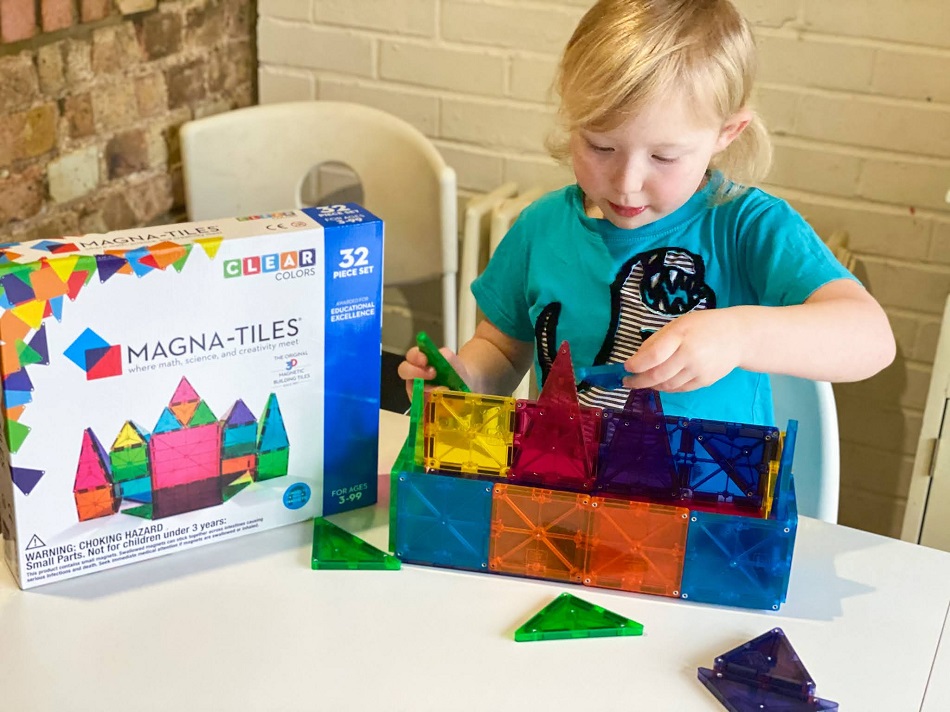In the panorama of educational toys, magnetic tiles emerge as a revolutionary tool, merging play with learning in an innovative way. Designed to inspire creativity, enhance spatial thinking, and foster problem-solving skills, these toys have become a favorite among parents, educators, and children alike. This article delves into the vibrant world of magnetic tiles, exploring their educational benefits, how they can be used for learning and play, and why they are a must-have in the development arsenal of any child.
Understanding Magnetic Tiles
Magnetic tiles are interlocking pieces of various shapes that can be connected on their edges via magnets to build three-dimensional structures. These toys are typically made from safe, durable materials like non-toxic plastic and are designed with brightly colored, translucent finishes that are appealing to children.
Educational Benefits of Magnetic Tiles
- Boosts Creativity and Imagination: By allowing children to build and create freely, magnetic tiles encourage imaginative play. Kids can construct everything from simple shapes to complex architectural structures, pushing the boundaries of their creativity.
- Enhances Fine Motor Skills: The act of picking up, aligning, and connecting the tiles helps improve fine motor skills and hand-eye coordination, essential components of a child’s early development.
- Promotes STEM Learning: Magnetic tiles introduce children to basic concepts of science, technology, engineering, and mathematics (STEM) in a fun and engaging way. Building with tiles can teach about geometry, spatial relationships, symmetry, and balance.
- Encourages Cooperative Play: When used in group settings, magnetic tiles can help children learn valuable social skills like sharing, collaboration, and conflict resolution as they work together on building projects.
- Adaptable Learning Tool: Teachers and parents can use magnetic tiles to teach colors, shapes, patterns, and even more complex mathematical concepts in a visual and hands-on manner.
How to Incorporate Magnetic Tiles into Play and Learning
- Free Play: Simply allowing children the freedom to explore and build with the tiles can spark creativity and innovation.
- Structured Challenges: Pose challenges or set objectives for building specific structures or solving problems with the tiles to encourage critical thinking.
- Educational Themes: Use magnetic tiles to create themed lessons, such as constructing animals, vehicles, or buildings that tie into broader learning topics.
- Storytelling: Encourage children to tell stories about the structures they build, promoting language skills and narrative thinking.
Choosing the Right Magnetic Tiles
When selecting magnetic tiles, consider durability, safety, and the variety of shapes included. High-quality tiles will last longer, provide more educational value, and offer a safer play experience. For a wide selection of magnetic tiles that promise quality and endless creative possibilities, consider exploring My Playroom, a trusted source for educational toys that inspire and educate.
Conclusion
Magnetic tiles are more than just toys; they are tools for learning, creativity, and development. They offer a unique opportunity for kids to explore the fundamentals of STEM, refine motor skills, and collaborate with peers, all while having a great time. Whether at home or in the classroom, magnetic tiles can play a pivotal role in a child’s educational journey. To explore a comprehensive collection of magnetic tiles that can transform playtime into learning time, visit My Playroom.

